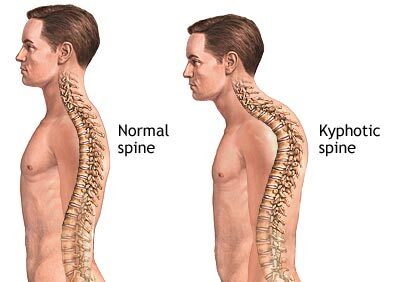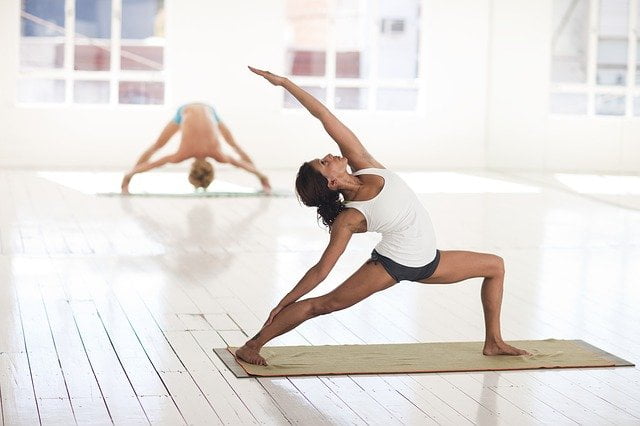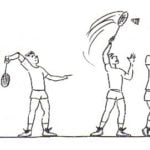What is Posture?
POSTURE means the relative alignment of various body parts like pelvic, shoulder upper limbs, neck, etc with one another and also concerning the surroundings.
posture can be defined as an instrument of mechanical science kinesthetic sense, muscle balance, and neuromuscular coordination
Posture is the position within which you hold your body whereas standing, sitting, or lying down. smart posture involves coaching your body to stand, walk, sit, and lie therefore the place the least strain on muscles and ligaments whereas you’re moving or performing weight-bearing activities.
Types of Postures:-
The posture is primarily divided into 2 types:
• Inactive
• Active
1. Static 2. Dynamic
INACTIVE POSTURES– These are postures or attitudes adopted for resting or sleeping. They need in theory negligible muscle activity and are typically assumed in need of relaxation.
ACTIVE POSTURE – The integrated action of the many muscles is needed to take care of active postures, they’re essentially divided into two types:
1. STATIC POSTURES– Body segments are aligned and maintained during a fixed position. This can be usually achieved by co-ordination and interaction of varied muscle teams that are operating statically to counteract gravity and alternative forces. Samples of static postures are standing, sitting, lying, and movement.
2. DYNAMIC POSTURES– During this form of posture body segments are moving. It’s usually needed to create an associate degree efficient basis for movement. Muscles and non-contractile structures have to work to adapt to dynamic circumstances. Examples are walking, running, jumping, throwing, and lifting.
CHARACTERISTICS OF GOOD POSTURE
- Good muscle flexibility
- Normal motion in the joints
- Strong postural muscles
- A balance of muscles on both sides of the spine
- Awareness of your posture, plus awareness of proper posture which leads to conscious correction.
IMPORTANCE OF GOOD POSTURE
Keeps bones and joints within the correct alignment so muscles are getting used properly.
Helps decrease the abnormal sporting of joint surfaces
Decreases the stress on the ligaments holding the joints of the spine along.
Prevents the spine from turning into mounted in abnormal positions.
Prevents fatigue as a result of muscles are getting used a lot of with efficiency, permitting the body to use less energy.
Prevents aching and muscular pain.
Contributes to a decent look.


CAUSES OF POOR POSTURE
Heredity and genetics
Sometimes it’s simply within the genes. for instance, Scheuermann’s sickness is a condition during which adolescent boys develop a pronounced kyphosis in their thoracic spines. Of course, in cases like these, it is best to figure together with your doctor for treatment and management.
Injury and Muscle Guarding
After an injury, near muscles tend to travel into spasms as a way of protecting the vulnerable area. whereas muscle spasms will limit your movements and cause pain, they also help keep your injured part stable, as well as protected against more injury risk. The problem is, muscles that keep in spasms tend to weaken over time. The resulting imbalance between muscles that guard an injury and people still working normally could cause aberrations in body posture. Muscles in spasm can probably work a diminished way, a minimum of for a short while when an injury, and frequently, treatment in the form of massage and/or physical therapy is required to bring them back to optimum functioning.
Daily Habits will cause unhealthy Posture
Your body can probably abandon smart posture and alignment to seek out ways that to accommodate spasm, weakness, tension, and/or imbalance between muscle teams. This is as a result of, in these cases, the body is forced to use an alternate, but less efficient, patterns of contraction and stretch. referred to as compensation, the body can still achieve its movement aim, but with comprised alignment.
You might perceive this method as a sort of detour. If you encounter an obstacle within the road while driving, you’d most likely swerve to miss it but also to keep going towards your destination. The musculature system—in a cycle with the nervous system—also develops detours to permit you to complete the intended movement even if some muscles and joints might not contribute totally or working as a part of the team.
Muscle Tension and Muscle Weakness
Similar to when you are injured, once the body has square measures that are extra weak and or strong, possibly, it’ll not control upright against gravity in the most effective manner. This condition usually leads to poor posture and pain. Excessive muscle strength and weakness are also led to a variety of things, as well as the way you work out and also the way you perform your routine tasks and chores.
Your Use of Technology and Your Posture
Your use of technology, whether or not you sit at a laptop all day, use a pill or telephone or you work with many devices at once, will quickly take your body out of alignment. If you text continuously, you will develop a text neck, which may be a condition in which your neck is control in an excessive amount of flexion, or forward bending, for too long. this may cause pain.
Mental Attitude and Stress could cause unhealthy Posture
Do you stress simply or have stressful relationships? If so, watch your posture! Stress could cause a decrease in full respiration furthermore as overly-contracted muscles, that successively could compensate for your ideal body posture.
Shoe selection and therefore the way You Wear Them
Clothing, particularly shoes, can affect posture. Heels throw your weight forward which may simply catapult you into misalignment. And if you upset either the surface or within the shoes faster—because of your usual weight-bearing habits—imbalanced kinetic forces can probably be translated up your articulation plans, knee, hip, and low back. this could cause pain or unhealthy posture in any of those joints, furthermore as your body part spine.
TYPES OF POSTURE DEFORMITIES
whereas all the above may cause or cause unhealthy posture, for posture issues that don’t seem to be medical or genetic in origin, four main sorts exist. These are the lordotic, kyphotic, at, and swayback types. every sort can disrupt good posture.
DEFORMITIES
- LORDOSIS


- KYPHOSIS


- SCOLIOSIs
- KNOCK KNEE
- BOW LEG ,etc.
READ MORE ABOUT- Auxiliary movement
https://www.sportzyogi.com/auxiliary-movements/





